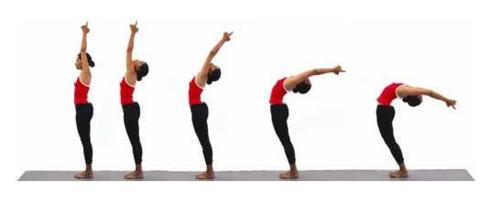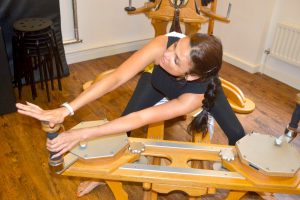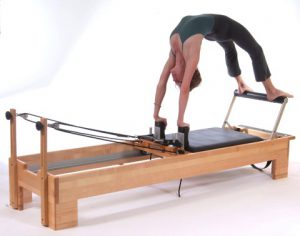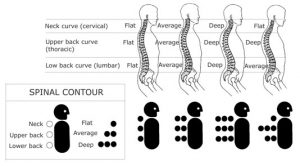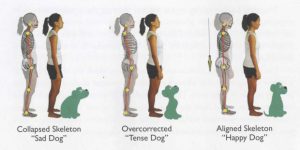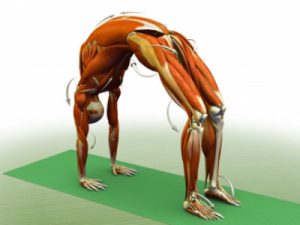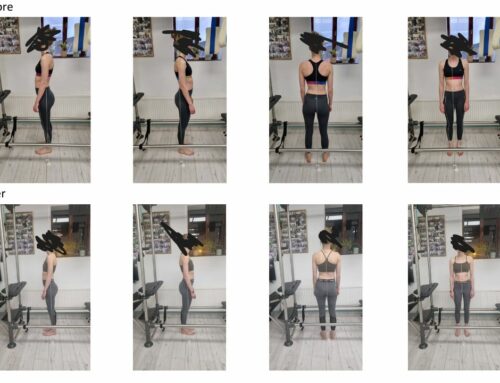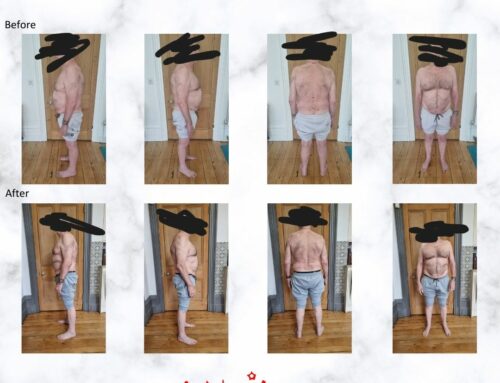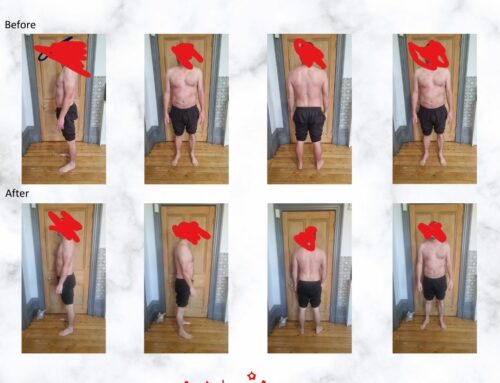Back bending is an action that takes place in every day life, from reaching up to a cupboard, changing a lightbulb, to putting a jumper on.
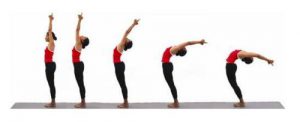 Then why is some us find this challenging and don’t have the ROM (range of motion) to reach our desired drop backs or experience pain when doing even the simplest of backbends in every day life?
Then why is some us find this challenging and don’t have the ROM (range of motion) to reach our desired drop backs or experience pain when doing even the simplest of backbends in every day life?
80% of all of us will experience back pain at some point in our lives.
In the middle ages a balanced life was referred to La Dolce Vita – A sweet life, that consisted of three aspects:
- An active social life consisting of work, trade, skills
- Good sleep
- Contemplative life – connection with nature.
If we balance the opposites of yin and yang, we balance prakriti (physical) and parusha (subtle) – through forces that make up form. When we balance yin and yang, we are in balance. Backbending has been used for years in Yoga, Pilates, GYROTONIC and GYROKINESIS. It is now emphasised in some functional training methods as a pre-requisite to an explosive movement.
The human spine is one of the most complex structures, comprised of a series of components that each has its own essential function. In fact it is the spine that performs the all-important function of giving shape and structure to the body, apart from providing all the required support. It is primarily for this reason that an episode of back pain can hinder your efficiency in daily life as well as your practice like nothing else can.
When looking at ROM it is first important to understand the structure and structures around, one being fascia. According to the CHEK method the three curves in the spine should roughly measure between 30-35 degrees . If they are out of balance it means that some curves will have more mobility and feel hyper-mobile on moving while others remain rigid. The Levitt system verifies this showing a restricted thoracic will result in more movement in the cervical and the lumbar as they are becoming more excited and work together as a couple.
When we are attempting to mobilize restricted areas in the spine we should work on alternative planes of motion like transverse and frontal plane before performing the given movement again.
Although i love the artful pictures circulating showing muscles on the body, this is not the whole pictures and is dismissing fascia, bone shape and movement patterning. Our every day life of sitting, driving and living takes us into postural habits.
Also how we feel will shape our body through our emotions into our tissues. Look at a man who has won the lottery, to a man who has lost everything.
The posture below also requires mobility in the shoulder girdle, shoulder flexors and hip extensors. If it does not then other areas will just be in compression or excessive load.
Many people know about the McKenzie Method of physical therapy and exercise for back pain or neck pain, but aren’t sure exactly what the goals of the program are and what the exercises entail.
A common perception is that the McKenzie approach comprises a set of exercises that people can do on their own. While this is true, the McKenzie Method is really an overall program of assessment, treatment and prevention strategies (including exercise) that are usually best learned with a physical therapist who is trained in the method.
The McKenzie Method was developed in the 1960s by Robin McKenzie, a physical therapist in New Zealand. In his practice, he noted that extending the spine could provide significant pain relief to certain patients and allow them to return to their normal daily activities.
With the McKenzie approach, physical therapy and exercise used to extend the spine can help “centralize” the patient’s pain by moving it away from the extremities (leg or arm) to the back. Back pain is usually better tolerated than leg pain or arm pain, and the theory of the approach is that centralizing the pain allows the source of the pain to be treated rather than the symptoms.
“People do not decide their futures. They decide their habits and their habits decide their futures.”
F Matthias Alexander

